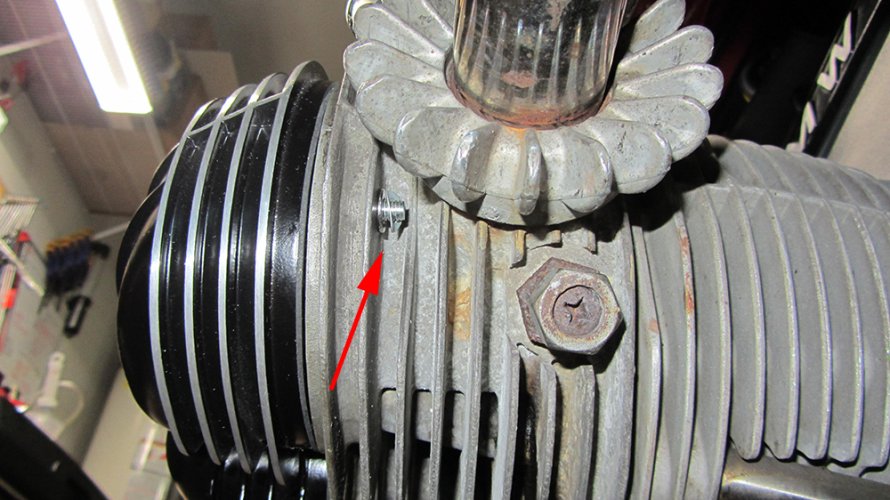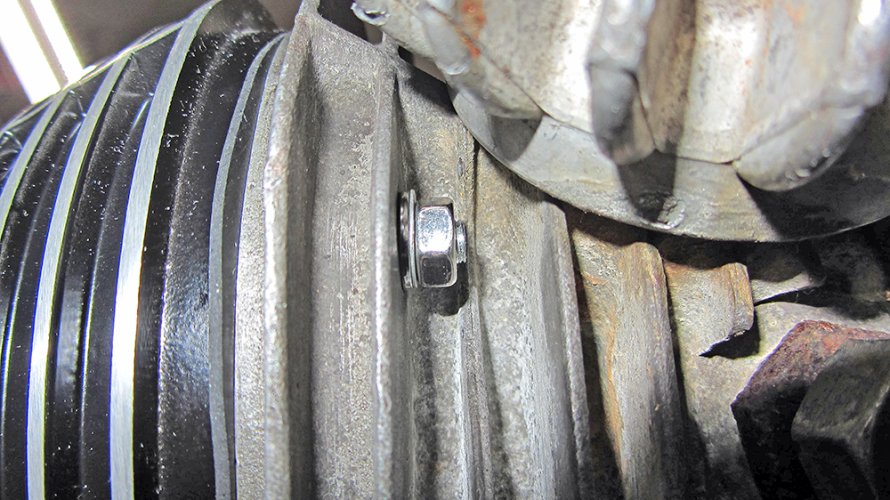nevadaslim
New member
Ok, I just torqued my head nuts and set my valve clearances for the first time on my 1980 R100T.
Now my new problem, getting the bottom valve cover nut by the exhaust pipe back on. The flat and wave washers went no problem.
But the nut, what a bear!
I know you guys must've developed an easy way/technique over the years to get those nuts back on. Please share!
PS: I have new polished stainless steel nuts so a magnet won't help.
This is one of the few times I really wish I had a motorcycle lift to get up off the ground.

Now my new problem, getting the bottom valve cover nut by the exhaust pipe back on. The flat and wave washers went no problem.
But the nut, what a bear!
I know you guys must've developed an easy way/technique over the years to get those nuts back on. Please share!
PS: I have new polished stainless steel nuts so a magnet won't help.
This is one of the few times I really wish I had a motorcycle lift to get up off the ground.



